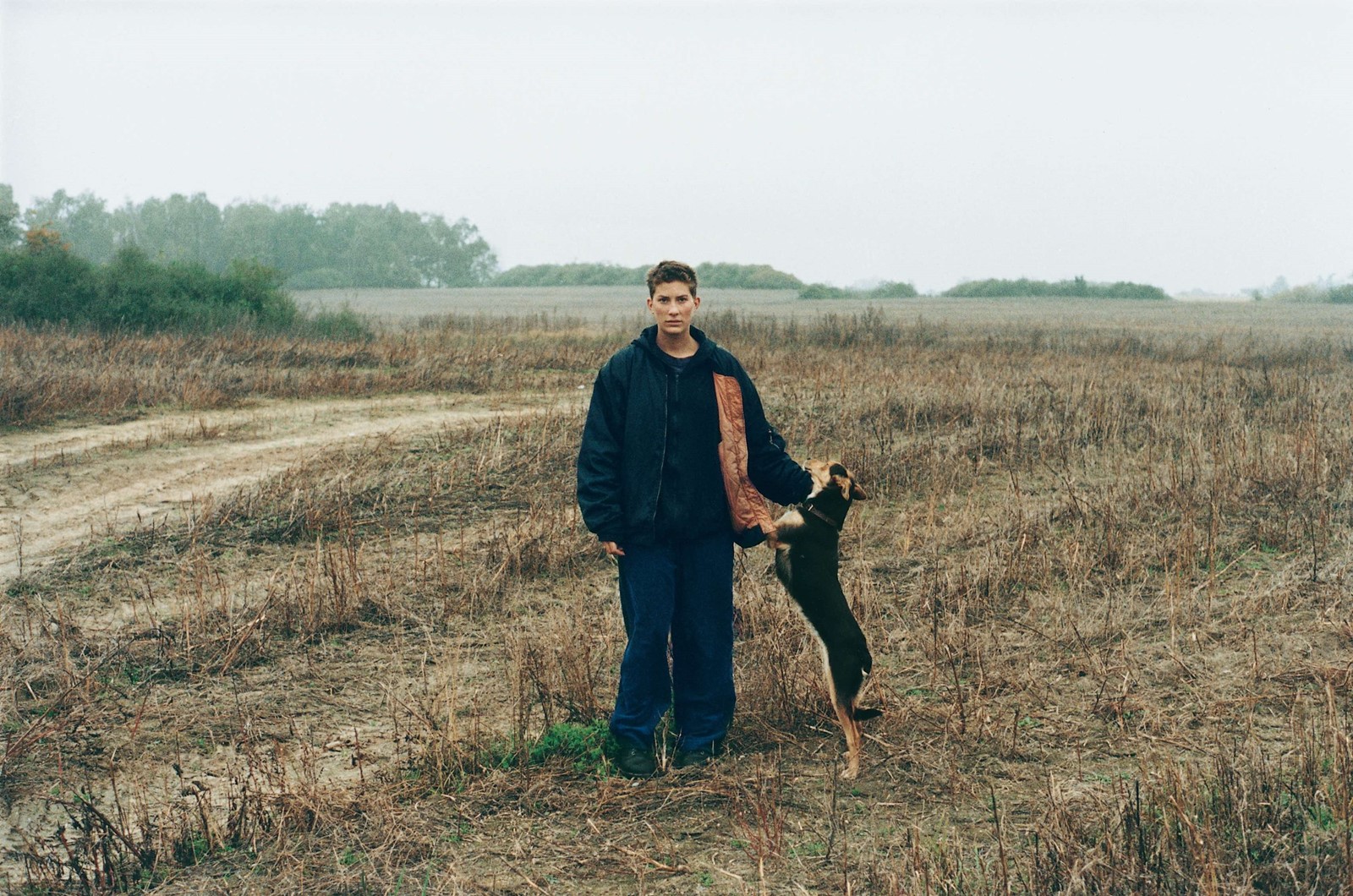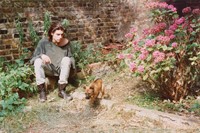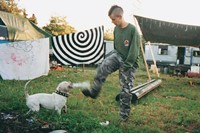“Some people say they were witches in their past lives, but I’m certain I was a farmer,” Vinca Petersen jokes. “I’ve always felt connected to the land.” The artist is sitting across from me in a leather chair in the basement of Edel Assanti in London, wearing a black hoodie, jeans and socks – no shoes. On the floor are 100 photographs arranged into four distinct groups. We meet days before her new show at the Titchfield Street gallery is set to be installed, the fine-tuning of which she admits is slightly last minute. She’s currently living in a caravan while her house is being built on the Isle of Skye in Scotland, and her archive has accordingly been scattered across a few locations.
Petersen has never felt tethered to one place. She left home at 17 to live in a London squat with her then-boyfriend, where she became immersed in the free party movement which was exploding across the UK in the 1990s. As the Criminal Justice Bill pushed acid house sound systems out to Europe, Petersen embarked on a years-long adventure on the road, throwing raves and living nomadically, only returning to the UK in 2005 when she was pregnant with her son. Her euphoric images from this period were first compiled in her cult 1999 book No System, and have since been the subject of several exhibitions.
Titled Me, Us and Dogs, Petersen’s latest show sees the artist delve into her archive of images, diary entries and rave ephemera once more. The show is arranged into four tenderly expressed “diaristic constellations” which explore universal themes – home, identity, connection and our special bond with dogs. The most personal of these groupings sees Petersen display self-portraits for the first time, the earliest of which she took aged just 15. While past projects have centred on the ecstatic energy of parties and a countercultural way of life, this show, she says, is more inward – offering an invitation to look “a little deeper into ourselves”.
Here, the artist speaks on life on the road, her subversive definition of home, and accessing a “private, deep down kind of joy” through her work.

Orla Brennan: How did this exhibition come about?
Vinca Petersen: I was presented with a 20-metre wall space at the Saatchi Gallery for the exhibition Sweet Harmony [2019], and had the opportunity to use lots of photos like I would in a book. Together there were about 700. This show is like the next step on. It filters through the life of subversive joy, bringing out smaller groups of images that work together very strongly. I’ve also been exploring the idea that memory isn’t a linear thing. Often we remember things that relate to each other in groups – like all the dogs we’ve had, or all the moments of a certain feeling.
OB: The show is arranged into four “diaristic constellations”. Can you explain what these are?
VP: I think what’s really important to me is that it’s not my diary. It is my diary, of course, but it’s a woman’s diary, and often that reflects back to a lot of other people. Audiences often say to me that they walk up to a wall of my images and feel that they resonate with their lives. That’s the bit that is important to me.
With these constellations, I've tried to let myself be a bit freer rather than being fully diaristic or chronological. It’s groups of images that have a more universal feeling and it’s about connecting with the viewer. That’s what we’re all after, isn’t it? Connection.

OB: Most of these images were taken between 1994-2004, in the years you were moving around Europe and throwing raves. How did you get into that way of life?
VP: It didn’t happen overnight. Like many young people at home, teenagers who are not particularly happy, at the first opportunity I ‘ran off with the circus’. My circus happened to be a boy with dreadlocks and spaghetti-print trousers. We went to live in a squat in London and I was suddenly involved in this whole undercurrent of interesting creative people in London.
That was maybe halfway through the first really early rave events happening in the late 80s. I started going to these parties, and then within a couple of years was helping to put them on. Then in 1994 the Criminal Justice Bill came along, and outlawed listening to ‘music characterised by repetitive beats’. We carried on trying to put on parties, but it just became more about trying to escape the police than about dancing all night. I got sick of it, and quite a lot of people thought, ‘Well, let’s go to Europe’. So that’s what we did.
OB: What was life like on the road? Did it bring you closer to others around you?
VP: I mean, what could be better in your 20s than living with whoever you feel like living with and having that much fun? It was our own sort of utopian dream. A dystopian, utopian dream. I made amazing connections, but I also learned a way of being. I would probably be a different person if I hadn’t been through that.
[On life on the road] “It was our own sort of utopian dream. A dystopian, utopian dream. I made amazing connections, but I also learned a way of being. I would probably be a different person if I hadn’t been through that” – Vinca Petersen
OB: The section Parco Nord captures a time that you were living with a circus in the winter of 1996. Can you talk about this moment in your life?
VP: It was near the centre of Bologna, and because it was surrounded by motorways, it was this autonomous zone that no one was interested in. The local council let this circus park up in the winter and we just kind of scooched in round the side and hung out.
OB: One of the subjects of the show is dogs. How do you think dogs enrich our lives? What can we learn from them?
VP: There’s a couple of things unique about dogs. Firstly, they directly connect us with animals. And not in the ‘us and them’ way of wild nature. They’re right there. They’re always this constant, subtle reminder of the animal side of ourselves. Then the other thing is something that we can’t really get from other humans – it’s that absolutely unconditional love. Those two things together; something that gives you love but also reconnects you with a wilder side of yourself.
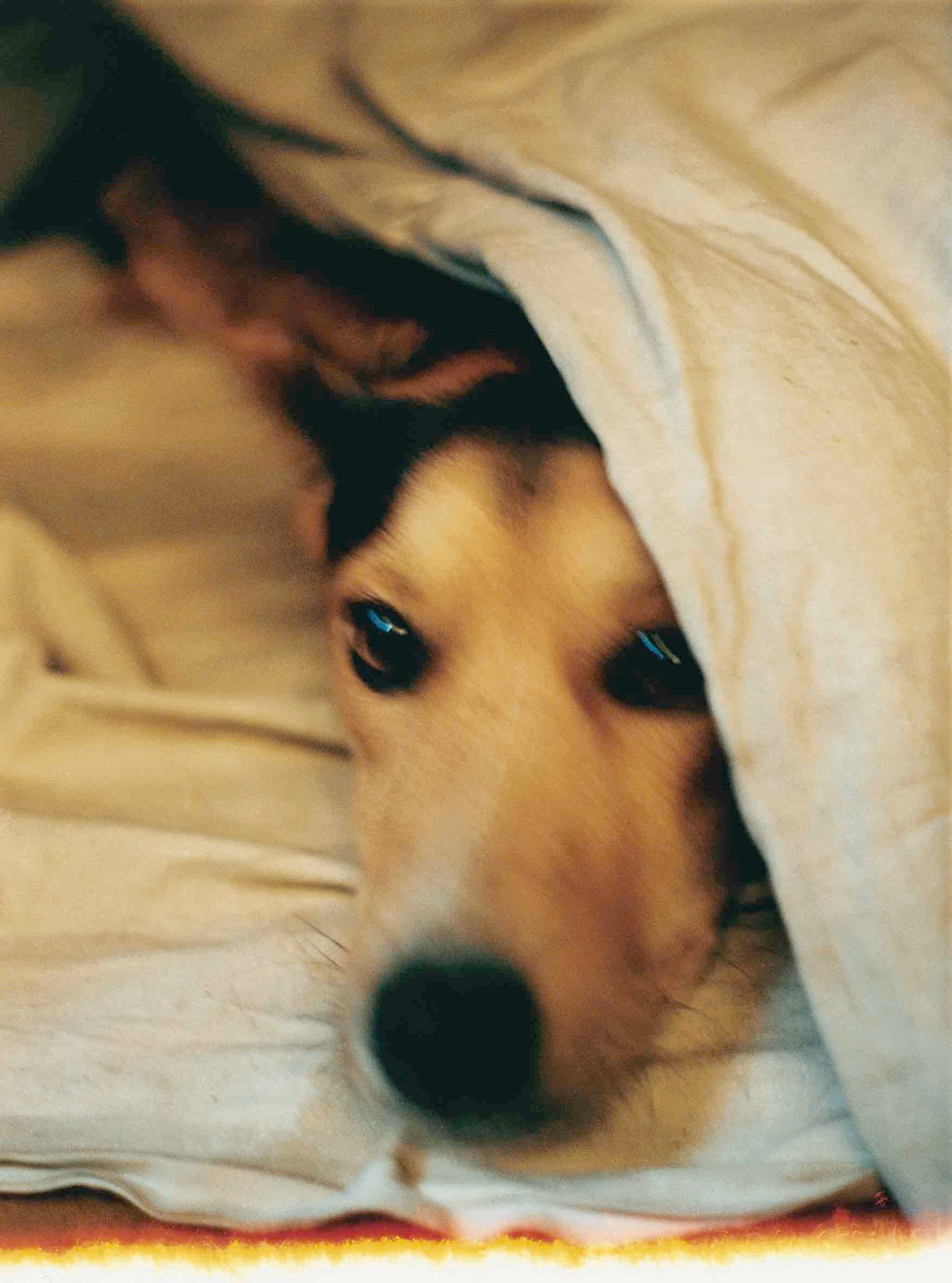
OB: The pictures in Homes feature caravans, squats, and trucks. The idea of home in the context of this nomadic, subversive way of living is quite interesting.
VP: I don’t really get attached to buildings as such, I get attached to communities – those relationships you have with people in an area, like the person in the corner shop you see each day. That’s what I miss when I move on somewhere else.
My son said something once when he was very little and we had been moving house quite a lot. I said, “I hope you don’t that we're always moving, and I hope it doesn’t feel like I’m always taking you away from your home.” And he said, “No, home is wherever you and Betty are.” That was me and the dog.
OB: The self-portrait section of the show is so personal. What made you revisit these images?
VP: Over the years I haven’t taken many self-portraits, but if you take a couple a year it’s quite a lot by the time you’re 50. I started looking at them and thinking about what it is that makes one take a picture of oneself. Obviously, there’s an element of narcissism, especially when you're a teenager or in your twenties, but it’s something else as well. I’m not trying to make myself look good. I’m alone in them all. It’s that thing where you’re feeling something. You want to kind of place yourself.
The last one was taken in 2011 and I’m masked in it. I was at a carnival and I had this outfit on. It’s interesting that it was one of the last times I wanted to photograph myself. I haven’t found one later than that.
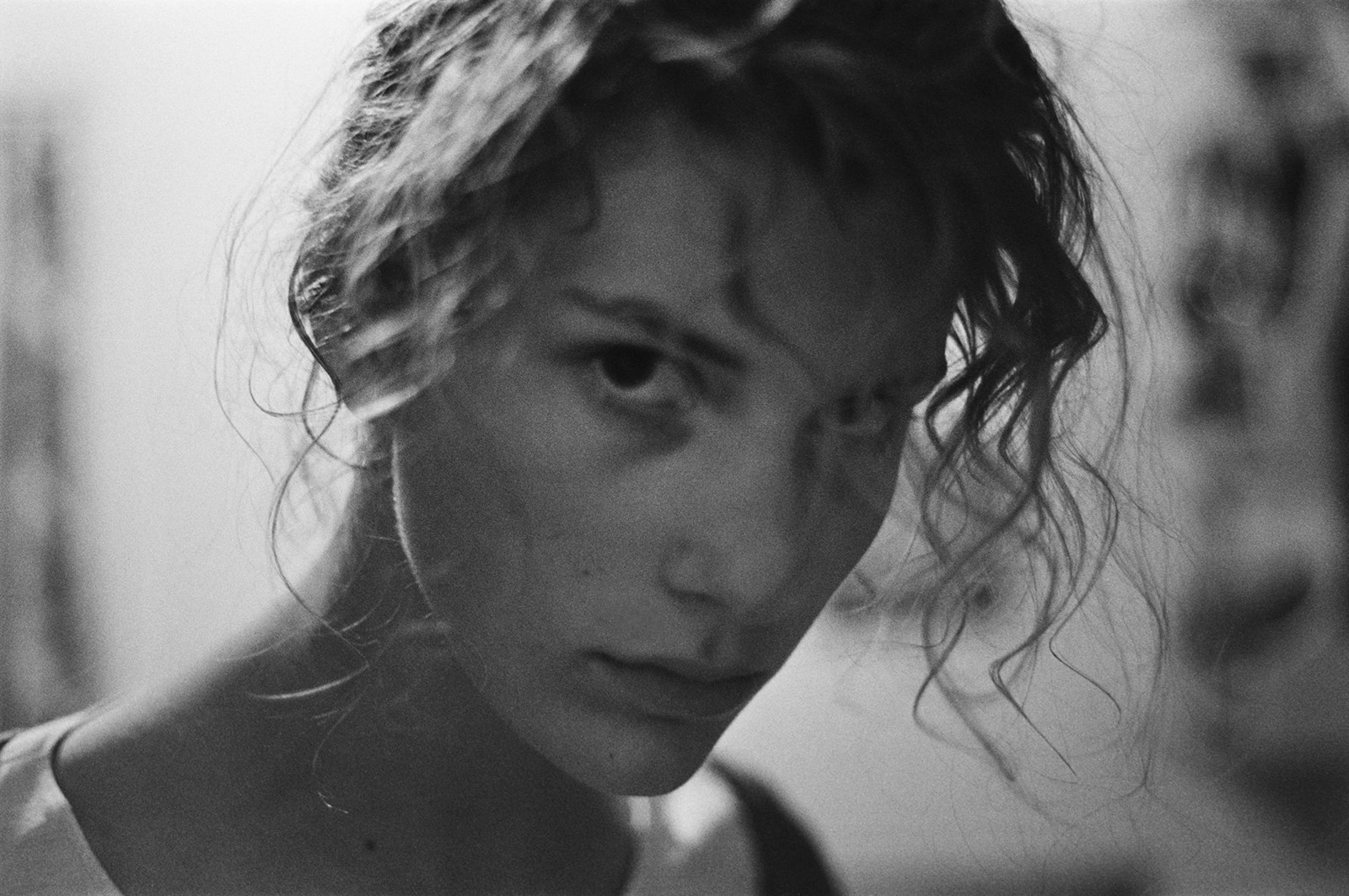
OB: You’ve spoken a lot about joy in the past. Is that the driving force behind this show too?
VP: I think there probably isn’t so much joy in this one actually. This is a bit more about stepping back, a bit more contemplative. But then maybe that’s the point of the ‘subversive’ joy. The thread that goes through this is what I might call ‘a life well lived’. Maybe it’s all about finding what that really is. [It’s] certainly not a commercial, syrupy joy that someone else is feeding you. This is a much more private, deep down kind of joy.
OB: What do you hope visitors take away from the show?
VP: It sounds slightly crazy, but to me, No System was always a kind brochure for our way of living. I thought I was going to make everyone want to come and live like us. I think that’s what I’ve always wanted to do – perhaps in a less naive way now – but to share those deep feelings within ourselves that connect us. While No System was a brochure for a way of living, this looks a little deeper into ourselves – me, us, and the dogs.
Me, Us and Dogs by Vinca Petersen is on show at Edel Assanti in London until 16 December 2023.
